SpaceX’s Starship is set for a powerful upgrade. Here’s what you need to know.
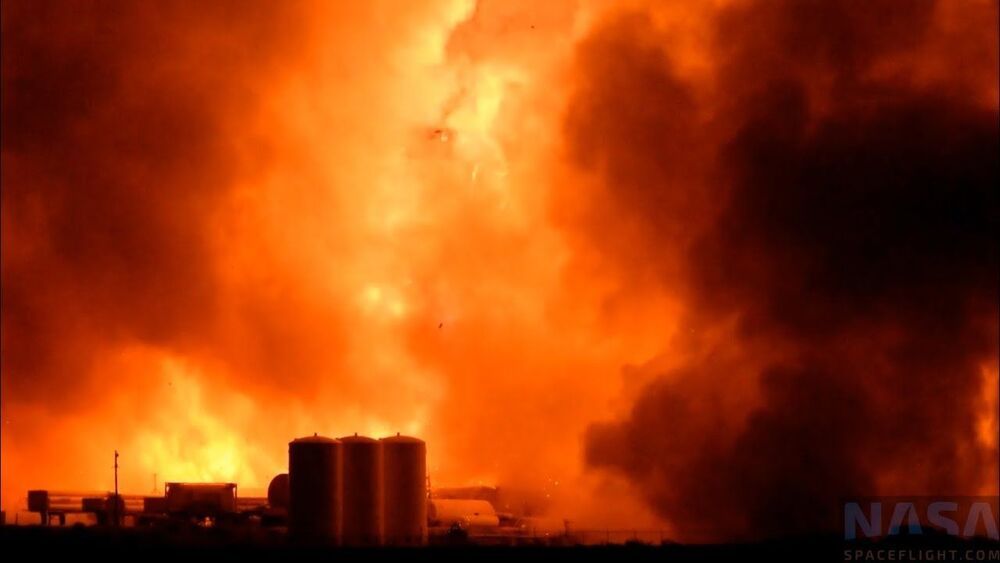

SpaceX’s Starship is set for a powerful upgrade. Here’s what you need to know.
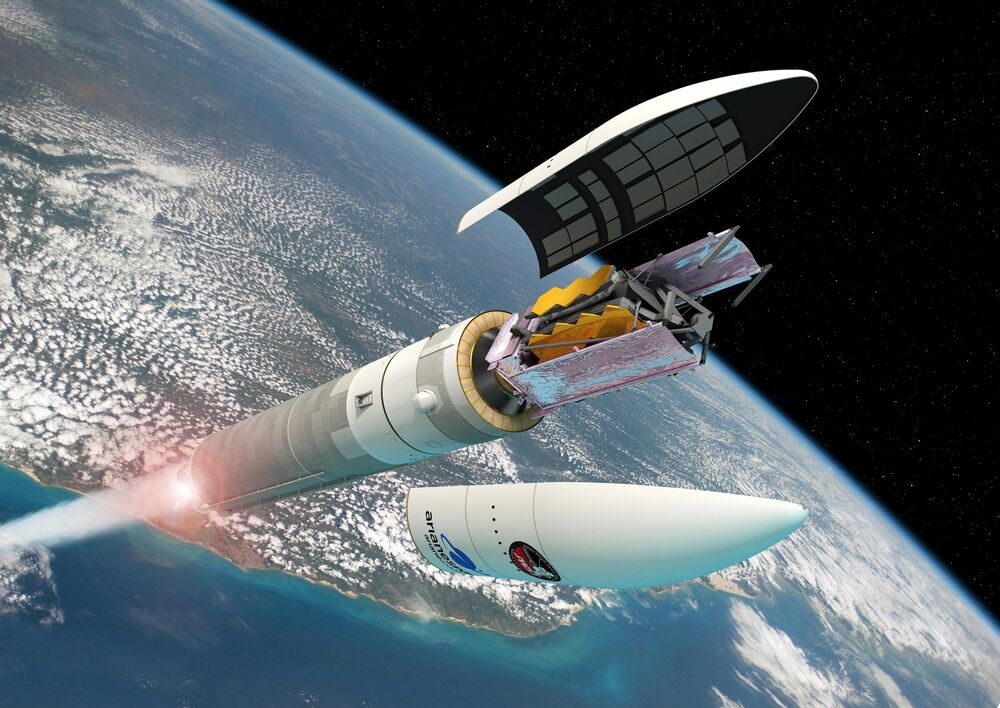
The international James Webb Space Telescope has passed the final mission analysis review for its launch on an Ariane 5 rocket from Europe’s Spaceport in French Guiana.
This major milestone, carried out with Arianespace, the Webb launch service provider, confirms that Ariane 5, the Webb spacecraft, and the flight plan are set for launch. It also specifically provides the final confirmation that all aspects of the launch vehicle and spacecraft are fully compatible.
During launch, the spacecraft experiences a range of mechanical forces, vibrations, temperature changes, and electromagnetic radiation. All technical evaluations performed by Arianespace on the mission’s key aspects, including the launch trajectory and payload separation, have shown positive results.
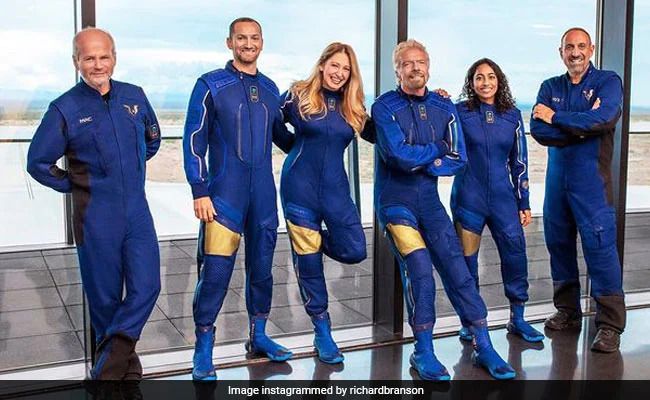

Warp drive patent.
The present invention relates to the use of technical drive systems, which operate by the modification of gravitational fields. These drive systems do not depend on the emission of matter to create thrust but create a change in the curvature of space-time, in accordance with general relativity. This allows travel by warping space-time to produce an independent warp drive system. Differential electron flow through a body in rotation is directed so as to simultaneously pass through a said body in its direction of rotation and contrary to its direction of rotation so as to release a directed flow of gravitons.
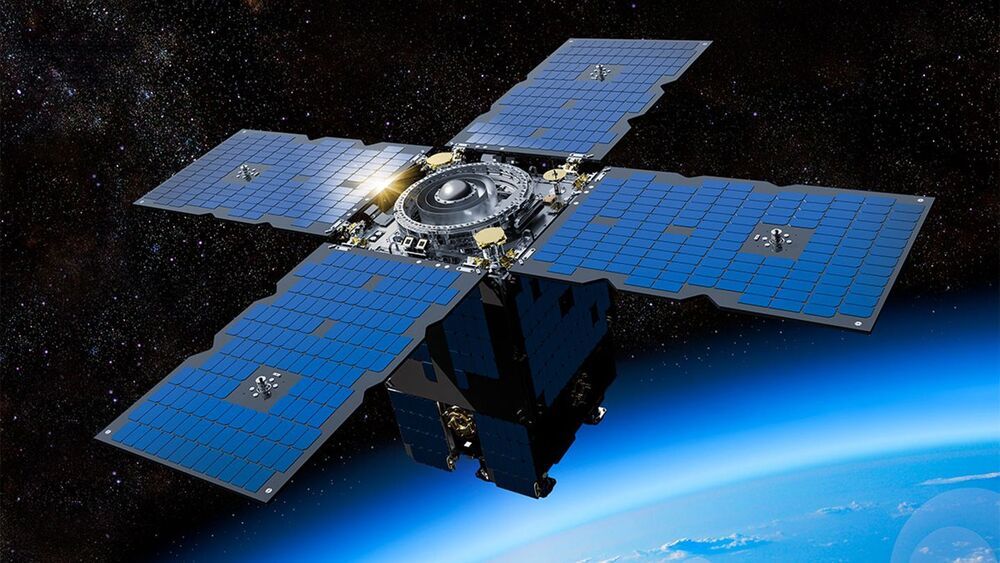
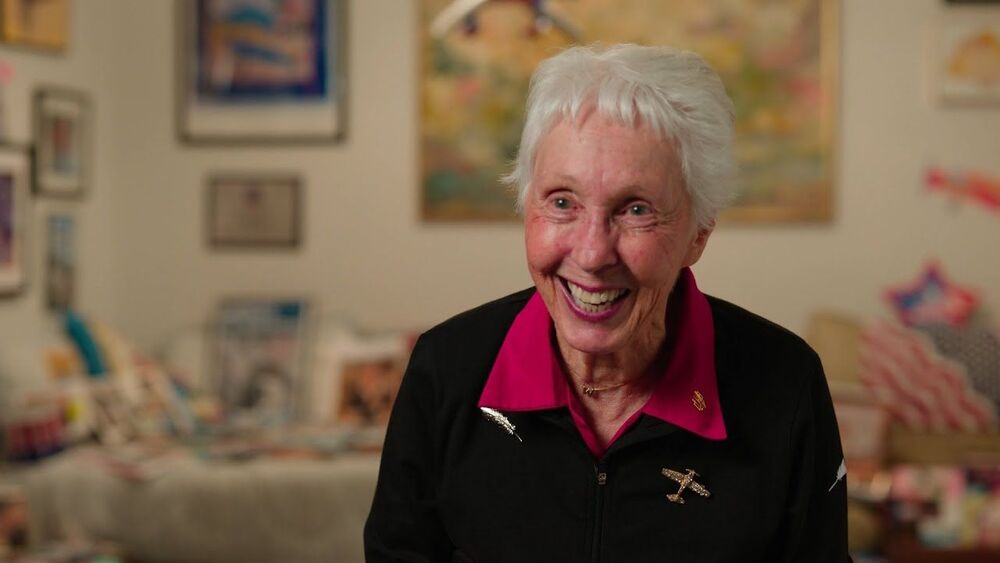
Wally Funk was one of 13 female aviators who lobbied for women to become astronauts in the early days of spaceflight.
Aviator Wally Funk wanted to be an astronaut in the earliest days of spaceflight. Sixty years later, on July 20, she’ll finally go to space with Blue Origin.
Funk was one of 13 female aviators later dubbed the Mercury 13 who, in 1961, passed all the exams necessary for admission to NASA’s astronaut corps and lobbied the federal government to send women into space. NASA and Congress demurred and women were excluded from becoming U.S. astronauts for more than a decade; Sally Ride became the first American woman to fly in space in 1983.
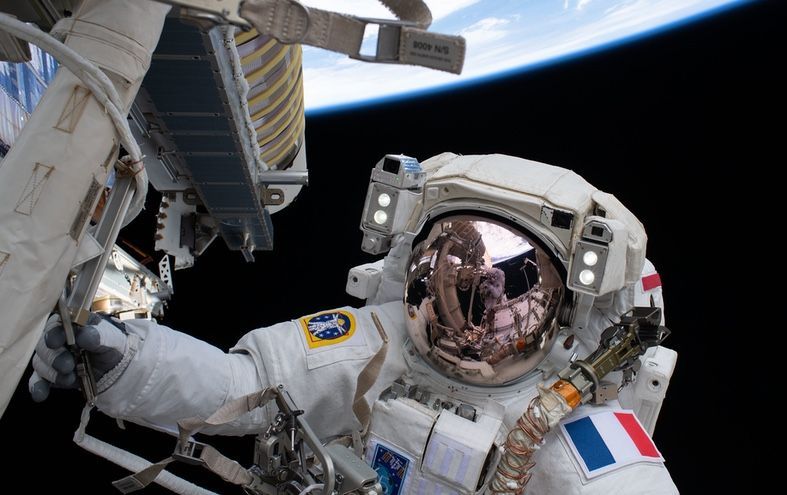
A bumper crop of applications for the ESA’s astronaut corps is providing a boost to proposals for Europe to develop its own human spaceflight capability.
WASHINGTON — A bumper crop of applications for the European Space Agency’s astronaut corps is providing a boost to proposals for Europe to develop its own human spaceflight capability.
ESA announced June 23 that it received 22589 applications in a solicitation that ended June 18. That’s far more than the 8413 applications it received in the previous astronaut selection round in 2018.
“Having more than 22000 applicants is quite a number,” Josef Aschbacher, ESA director general, said in a press conference about the application figures. “This is, I would call it, almost a historic moment for us that we have so many applicants that want to become astronauts. From that point of view, I’m more than satisfied. I’m extremely thrilled by these numbers.”
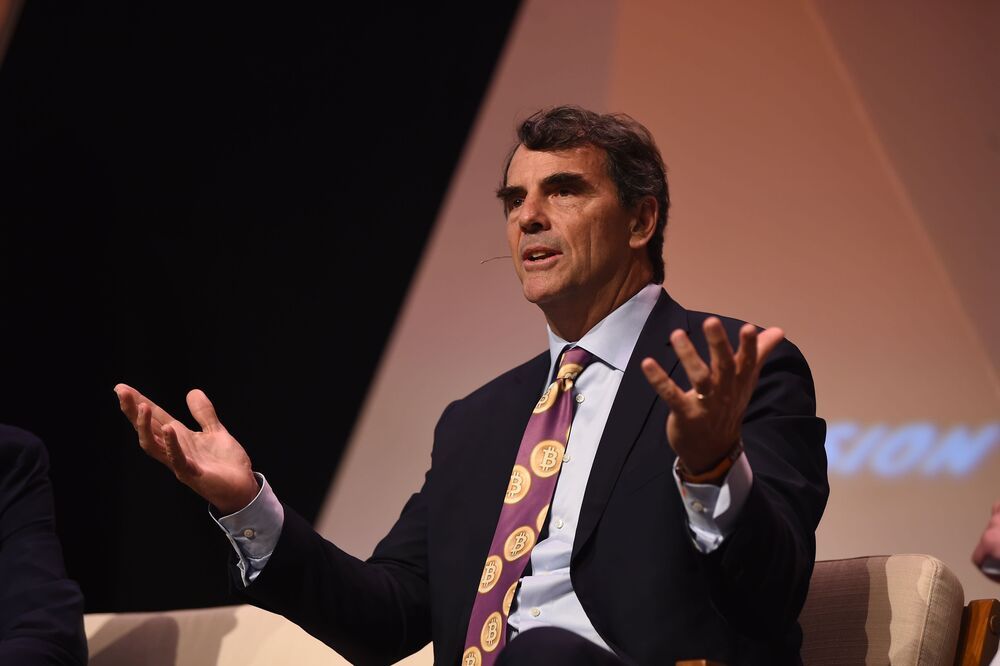
“I’m at tim@draper.vc,” he tells CNBC Make It. He gives it out to everyone because he likes helping people and it keeps him on top of his game.
“I end up learning things that I never imagined I’d want to know,” Draper says.
Draper is a legend in the world of venture capital. Since the mid-1980s, he has built a fortune making early investments in companies like Hotmail, Skype, Baidu, Tesla and SpaceX.

Where are the Chinese going to get the energy for this?Not too long ago, China announced an ambitious…
Where are the Chinese going to get the energy for this?
Not too long ago, China announced an ambitious and promising space program. This program included plans for the creation of their own multi-module fully manned orbital space station as well as the construction of reusable space transport systems for manned flights to the moon.
However, upon further investigation, the plans of the Chinese turned out to be much more ambitious than originally anticipated. The achievements of Chinese engineers made the leaders of the space industry (the United States and Russia) worry. This is an example of one of the rare cases in which a country is doing more than it reveals.
Recently, it became known that the Chinese are also developing an ion engine with fundamentally different characteristics than expected. Moreover, China has also begun testing new engines for their spacecraft. It is important to note that this is happening without any fuss in the press whatsoever. It seems like it’s time for us to learn Chinese, ladies and gentlemen!#China #secretly #testing #super #powerful #ion #engines #flights #MarsFor copyright matters please contact us at:
Jad71064223@gmail.com
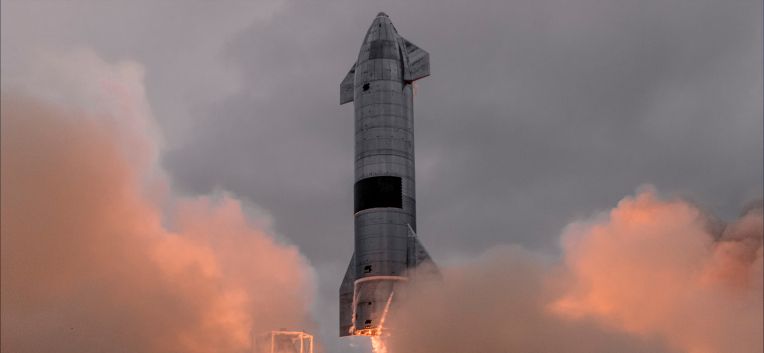
SpaceX is hoping to attempt to fly its in-development spacecraft Starship to orbit for the first time in July, according to company president Gwynne Shotwell shared the timeline at the International Space Development conference during a virtual speaking engagement.
Starship has been in development for the past several years, and it has been making shorter test flights, but remaining within Earth’s atmosphere, since last year. Its most recent flight also included its first fully successful landing, which is a key ingredient in the development of the Starship launch system, which is designed to be SpaceX’s first that is fully reusable.
July (aka next month) is an ambitious timeline for making the first orbital flight attempt of Starship, but in May SpaceX filed its planned course for the flight, which would lift off from the company’s Starship development site in south Texas near Brownsville (known as ‘Starbase’) and then eventually return to Earth with a splash down in the Pacific Ocean somewhere off the cost of Hawaii.